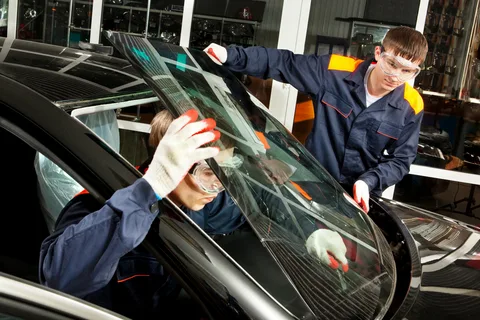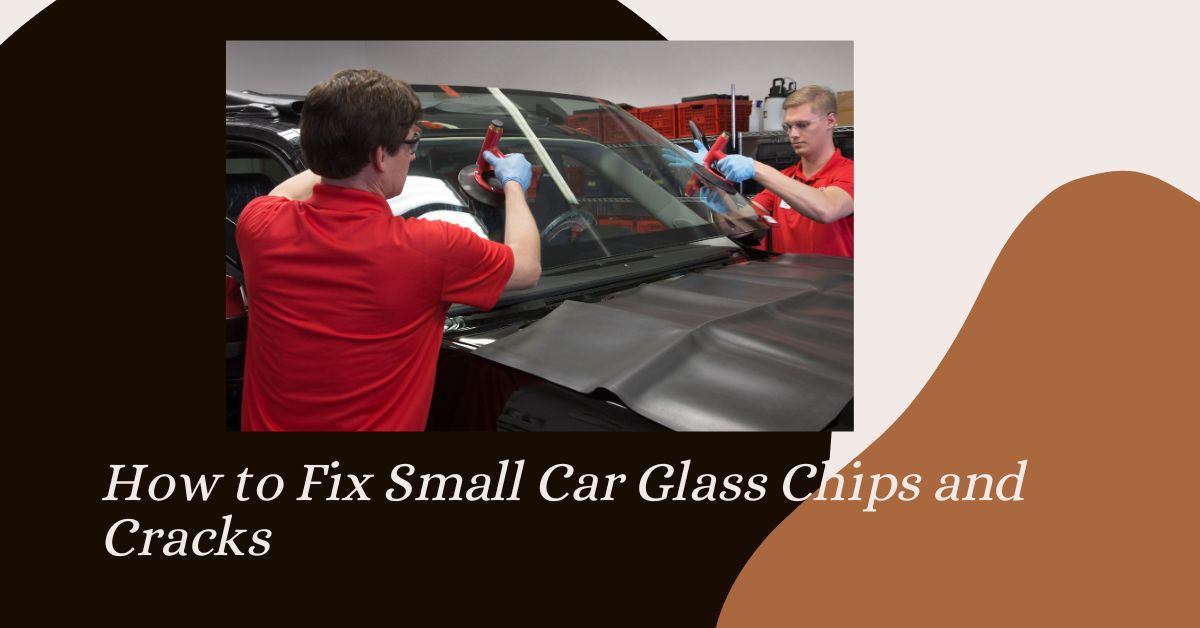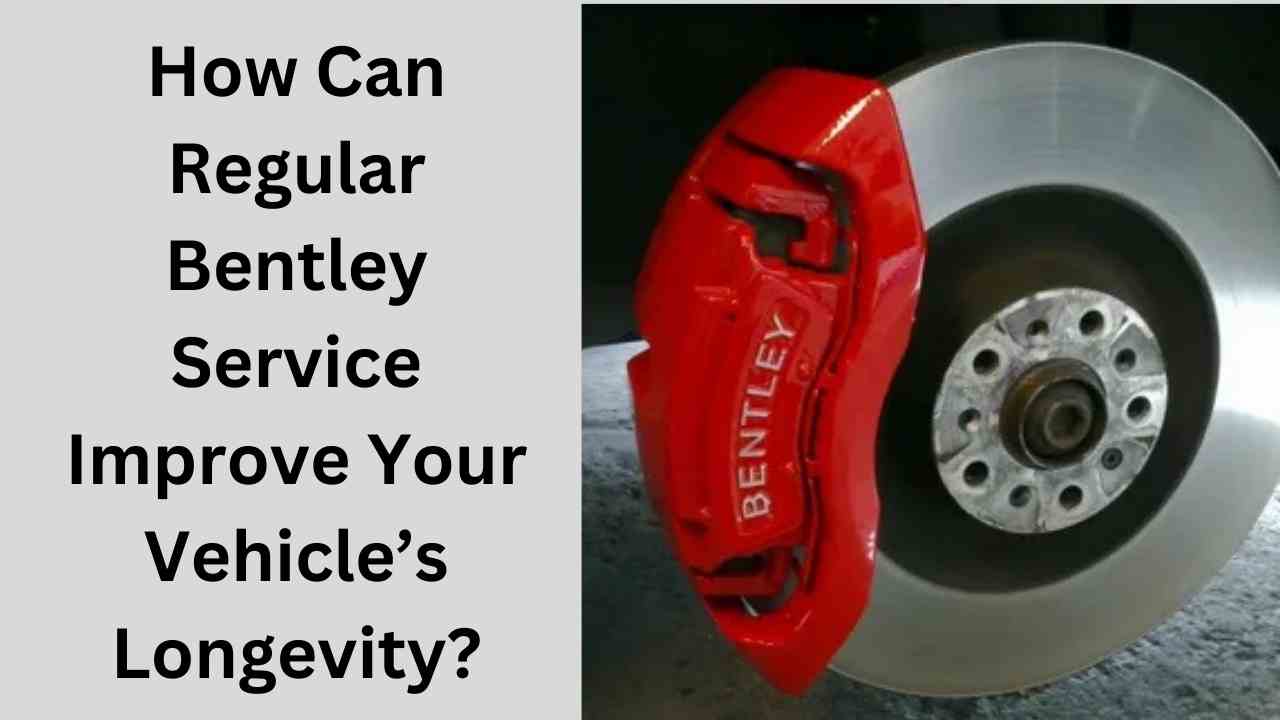If you’ve ever had a small chip or crack appear on your car’s glass, you know how frustrating it can be. Even minor chips and cracks can be a safety risk if left unrepaired, as they can obstruct your view or worsen over time. Fixing small chips and cracks is not only easy and affordable, but it also prevents further damage and can save you from needing a full glass replacement.
In this guide, we’ll cover everything you need to know about fixing small chips and cracks in your car’s glass. From understanding the types of damage to choosing between DIY repair kits and professional services, this comprehensive guide will help you keep your car’s glass safe and clear.
Note: For trusted car glass repair in Abu Dhabi, turn to AutoGlass for quick, reliable service. Restore your car’s safety and clarity—visit AutoGlass today!
Why Fixing Small Chips and Cracks Is Important
While it may be tempting to ignore a small chip or crack, taking quick action is essential. Here are some key reasons why it’s important to fix even the smallest damage on your car’s glass.
1. Safety Concerns
A chip or crack weakens the integrity of your car’s glass, making it more likely to shatter if impacted further. Repairing small chips early helps maintain the strength of your glass and ensures the safety of you and your passengers.
2. Preventing Damage from Spreading
Minor chips and cracks can easily expand, especially with changes in temperature, road vibrations, or further impact from debris. A small crack can quickly turn into a larger one, increasing repair costs or even requiring a full glass replacement.
3. Cost Savings
Fixing small chips and cracks is much more affordable than replacing the entire windshield. Taking care of the problem early can save you time and money in the long run.
4. Maintaining Visibility
A chip or crack can obstruct your view and reflect sunlight, making driving more challenging and even dangerous. Repairing damage right away helps keep your visibility clear, especially in adverse weather or low-light conditions.
Now that we know why fixing chips and cracks is essential, let’s explore the different types of damage and how to fix them.
Types of Car Glass Damage
Not all chips and cracks are the same, and understanding the type of damage helps you decide on the best repair method. Here are some common types of car glass damage:
1. Chips
A chip is a small nick or ding on the surface of the glass, usually caused by a rock or other debris hitting the windshield.
- Repairable? Yes, chips are often easy to repair, especially if they are small and shallow.
- Time to Repair: Chips can usually be repaired in under 30 minutes.
2. Bullseye Crack
A bullseye crack is a circular crack with a dark center, resembling a bullseye target. These are common types of cracks and often appear from stones or other small impacts.
- Repairable? Yes, most bullseye cracks can be fixed if they are small.
- Time to Repair: Around 30-45 minutes.
3. Star Crack
A star crack has small lines radiating from a central point, giving it a star-like appearance. These cracks can quickly spread if not repaired.
- Repairable? Yes, but the repair should be done early to prevent the crack from growing.
- Time to Repair: Usually takes 45 minutes to an hour.
4. Combination Crack
A combination crack is a mix of different types, like a bullseye with additional small cracks branching out. These are more complex and may require extra attention.
- Repairable? Sometimes, depending on the size and complexity.
- Time to Repair: Can take up to an hour or more.
How to Fix Small Car Glass Chips and Cracks: Step-by-Step Guide
Now that you understand the types of cracks, here’s a step-by-step guide on how to fix them. We’ll cover both DIY methods and when to consider professional help.
Step 1: Assess the Damage
The first step in fixing a chip or crack is to assess the extent of the damage. Here’s what to look for:
- Size of the Crack: Small chips and cracks (under a few inches) are often repairable.
- Depth of the Crack: Surface-level damage is easier to repair, while deeper cracks may require professional attention.
- Location of the Crack: If the crack is directly in the driver’s line of sight, a professional repair is recommended to avoid visibility issues.
Step 2: Decide on DIY Repair or Professional Service
Once you’ve assessed the crack, decide whether to use a DIY repair kit or contact a professional. Both options have their pros and cons:
- DIY Repair Kits: Ideal for small chips and minor cracks. These kits are affordable, widely available, and can be used at home.
- Professional Repair Service: Recommended for larger or deeper cracks, cracks in the driver’s line of sight, or complex damage. Professionals have specialized tools and expertise for a more reliable repair.
Step 3: Gather Materials for DIY Repair
If you’ve decided to use a DIY kit, here’s what you’ll need:
- Windshield Repair Kit: Most kits include resin, an applicator, and curing strips. You can find these at automotive stores or online.
- Razor Blade or Utility Knife: For cleaning the area around the crack.
- Microfiber Cloth: To clean and dry the area.
- UV Light or Sunlight: UV light is used to cure the resin if the kit requires it.
Step 4: Clean the Area Around the Crack
Before applying the resin, it’s essential to clean the area around the crack to remove any dirt, dust, or moisture.
- Use a microfiber cloth to wipe the area around the chip or crack.
- Carefully use a razor blade to remove any debris or loose glass from the crack.
- Make sure the area is completely dry before moving on to the next step.
Step 5: Apply the Resin
Follow the instructions in your repair kit to apply the resin. Here’s a general outline of the process:
- Place the applicator over the crack, ensuring it’s centered.
- Squeeze the resin into the crack, using the applicator tool to push it deep into the damaged area.
- Let the resin sit for a few minutes to fill in the crack completely.
The resin acts as a filler, bonding with the glass to prevent further cracking.

Step 6: Cure the Resin
Once the resin is in place, it needs time to cure and harden. UV light (or sunlight) is typically used to harden the resin:
- Place a curing strip over the resin-filled area.
- Position the vehicle in direct sunlight or use a UV lamp to speed up the curing process.
- Allow the resin to cure for about 10-20 minutes, or as recommended by the kit instructions.
Step 7: Clean Up and Polish
After the resin has fully cured, clean up any excess resin to ensure a smooth finish.
- Carefully use a razor blade to remove excess resin from the glass surface.
- Wipe the area with a microfiber cloth to ensure clarity.
Polishing the area helps restore the windshield’s smooth finish and improves visibility.
When to Call a Professional for Car Glass Repair
While DIY repair kits work well for minor damage, there are times when professional repair is the best option. Here’s when you should consider calling a professional:
- Cracks Larger than a Few Inches: Large cracks are more complex and require professional equipment for effective repair.
- Damage in the Driver’s Line of Sight: Cracks that affect visibility should be repaired by a professional to ensure a clear view.
- Deep or Multi-Layered Cracks: Damage that goes through multiple layers of the windshield is best handled by professionals.
- Multiple Cracks or Chips: Multiple areas of damage make the windshield more vulnerable, and replacement may be necessary.
Frequently Asked Questions About Car Glass Repair
Here are some common questions drivers have about fixing car glass chips and cracks:
How Long Does It Take to Repair a Small Chip?
Most small chip repairs take 15-30 minutes.
Can I Drive Immediately After Repairing a Chip?
Yes, after the resin cures, you can safely drive your car.
How Much Does It Cost to Fix a Chip?
DIY kits cost around $10-$20, while professional repairs range from $50 to $150.
Conclusion: Take Action to Fix Car Glass Chips and Cracks
Fixing small chips and cracks in your car’s glass is a smart choice that can save you money, improve safety, and prevent further damage. With a simple DIY repair kit, you can fix minor damage yourself, but for larger or deeper cracks, professional repair is the best option.
Don’t let small cracks grow into a bigger issue. Address the problem early, and keep your windshield strong, clear, and safe for driving.
For more insightful articles related to this topic, feel free to visit unbusinessnews.com/











